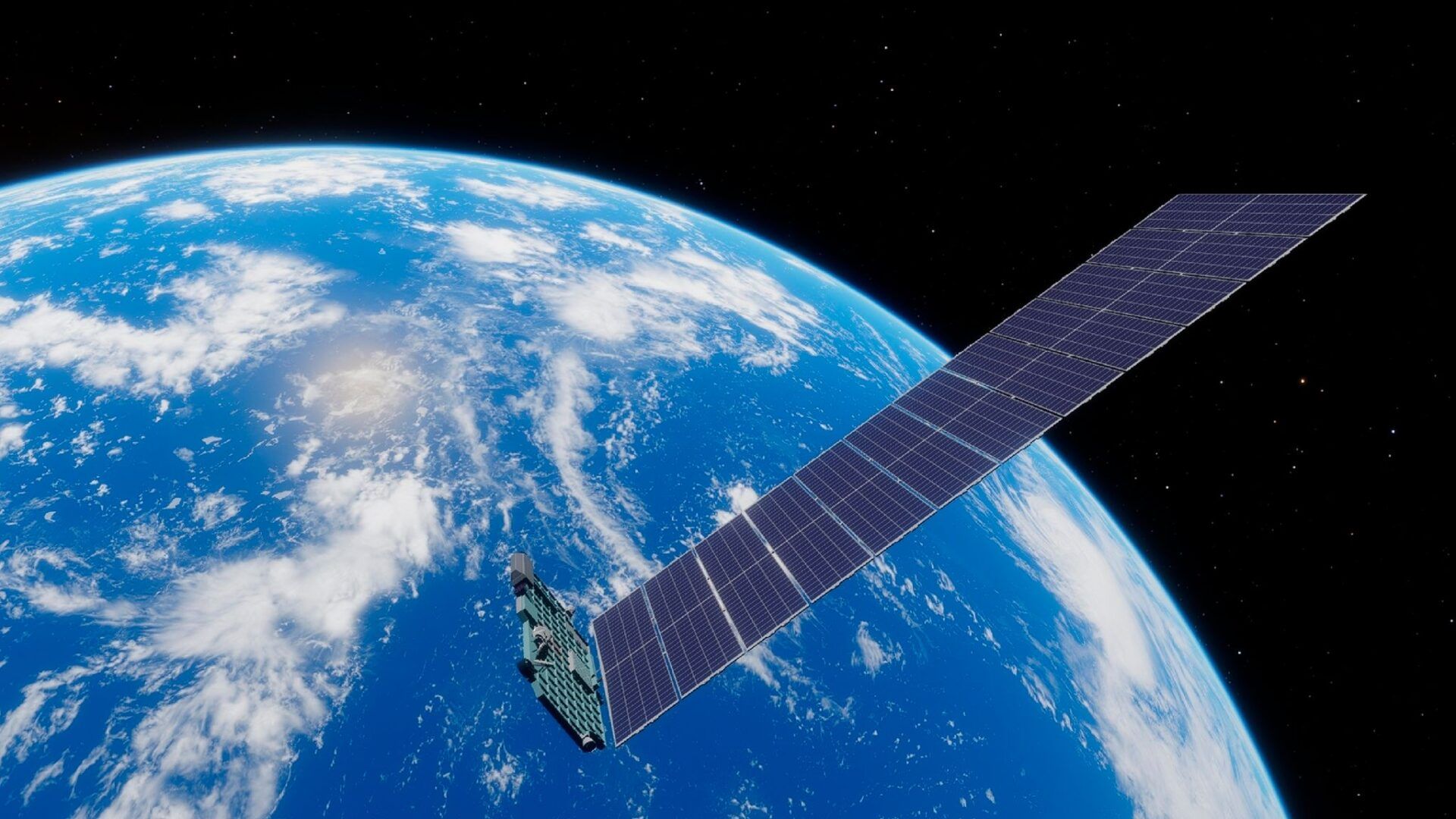SpaceX Confirms Starlink is coming to Zimbabwe. How Does the Service Compare to Other Zimbabwean Telcos?

At the moment, Zimbabwe seems progressive in the pursuit to provide internet connectivity for businesses and individuals. After launching its first orbiting satellite, ZimSat-1 in November last year, the country’s internet space is looking towards yet another boost as Space X boss, Elon Musk, confirmed that StarLink will be launched later this year.
The announcement means that Zimbabweans can be confident of faster, more reliable internet connectivity. StarLink coming to Zimbabwe is wonderful news in terms of coverage capabilities and it is even cheaper in the long run. It also delivers faster and more dependable internet. Reward Kangai, a former managing director of NetOne, stated that the upcoming launch of StarLink will significantly increase Internet access in Zimbabwe.
Because it is satellite-based, it will significantly enhance fixed wireline or fiber connectivity as well as the coverage of terrestrial mobile networks.
Over time, Zimbabweans have had to deal with the high cost of data and internet tariffs. In addition to the cost issue, they also have to endure sluggish connectivity. Operators have argued that the tariffs are a result of high operating costs. The Posts and Telecommunications Regulatory Authority (Potraz) claims that mobile data remains expensive and that, despite the existence of a few broadband and fiber connectivity providers, consumer adoption is primarily out of reach and dominated by corporations.
Ongoing network outages have also impacted user experience and several telecommunication service providers are investing in hybrid batteries and solar power. However, StarLink offers a service that is unlike what Zimbabweans have experienced as it is able to leverage a satellite platform. Unlike the fiber-optic powered internet services, Starlink is a low latency broadband internet system.
What’s New about StarLink?
LEO satellites, or tiny satellites, are used by Starlink to orbit the planet at only 300 miles above sea level. Internet speeds are increased and latency levels are decreased because to this reduced geostationary orbit. The most recent Starlink satellites contain laser communication components to carry signals between satellites, decreasing reliance on several ground stations.
Speaking on the announcement, an executive from a local ISP said that the latest development spells new competition for the current industry players. He noted that given the first-mover advantage and a thorough understanding of the local market, incumbents will now need to re-adjust strategies where necessary to remain competitive.
Like Telco, Utande, and Zodsat, Starlink is a satellite-based internet service provider. However, while all VSAT operators in Zimbabwe use a third-party satellite provider, Starlink owns and manages its satellites, and effectively includes them in the entire service provision.
With Starlink Internet, Starlink RV (mobile home), and Starlink Business, users can access speeds of 50 to 250 Mbps, 150 to 500 Mbps, and unlimited internet, respectively. With upload rates reaching up to 6Mbps, the fastest VSAT speed available from Zimbabwean operators is 25Mbps.
Prices for Starlink Internet, Starlink RV, and Starlink Business range from US$110 to US$135 per month, respectively. When compared to the highest-spec VSAT packages offered in Zimbabwe, it actually seems very affordable. TelOne’s Unlimited plan (650GB) costs US$600, Liquid Home’s Unlimited package costs US$554 (using the current interbank rate), Utande’s 120GB package costs US$363, and Zodsat’s Unlimited package costs US$455. The greatest deal appears to be Starlink’s unlimited bundles.
